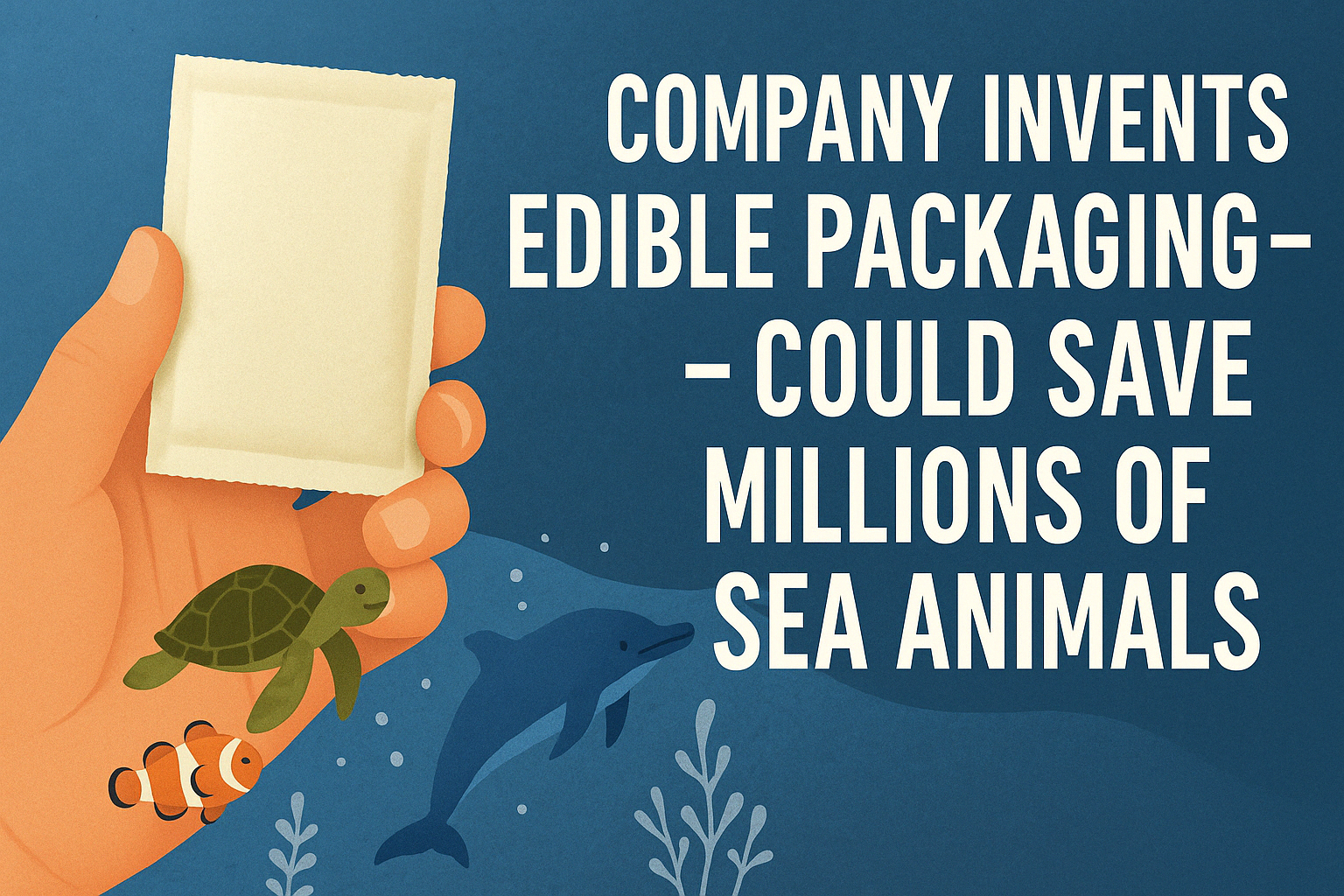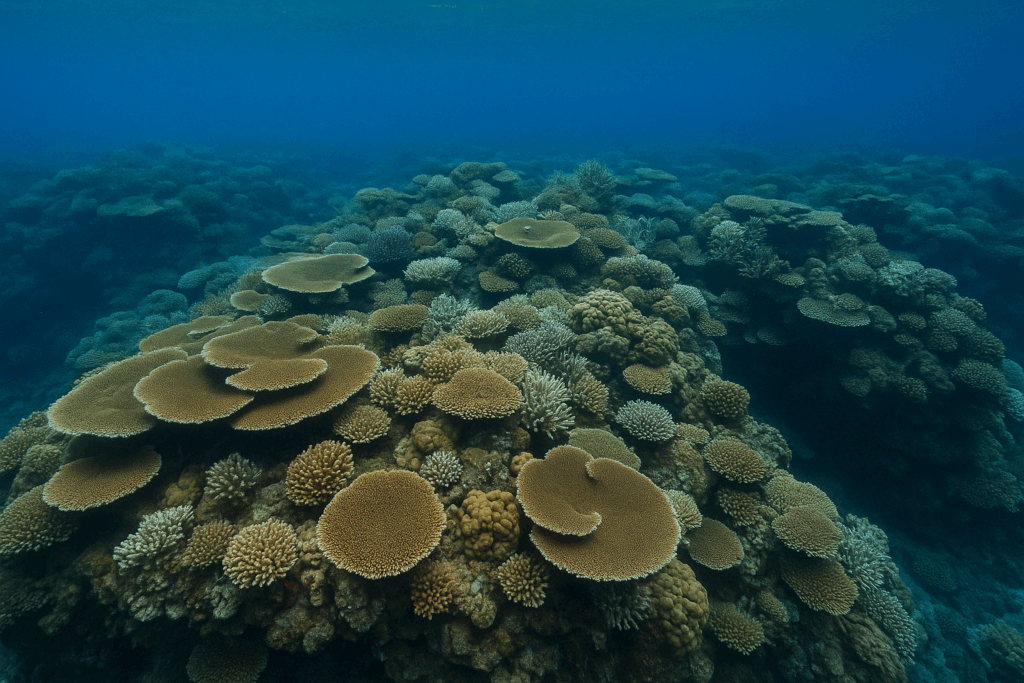1. The Plastic Crisis – By the Numbers
🌊 8 million tons of plastic enter oceans yearly (equal to a garbage truck per minute).
🐢 1 million seabirds + 100,000 marine mammals die annually from plastic ingestion.
🔄 Only 9% of all plastic ever made has been recycled.
“We’re not just reducing waste—we’re turning it into food,” says [Founder].
2. How Edible Packaging Works
The Ingredients
- Seaweed/Algae: Grows 60x faster than land plants, no freshwater needed.
- Plant-Based Binders: Natural starches (like cassava) for durability.
- Optional Flavors: Tomato-infused ketchup packets, spicy ramen cup rims.
The Science
- Dissolves in hot liquids (like tea bags) but stays sturdy when dry.
- Shelf life = food inside (no preservatives needed).
- Nutrient-rich: Some wrappers contain vitamins or fiber.
3. Real-World Tests Underway
✅ Pilot with [Major Fast-Food Chain]: 10,000 edible burger wrappers distributed.
✅ Airlines trialing edible coffee cups to cut cabin waste.
✅ Emergency food kits for disaster zones (packaging = extra calories).
“Kids eat the ice-cream cone AND the wrapper—it’s wild to watch,” – Test Kitchen Director
4. Benefits Beyond the Ocean
♻ Zero-Waste: Composts in weeks vs. plastic’s 500+ years.
💰 Farmers Boosted: Seaweed farming creates coastal jobs.
🌱 Carbon Negative: Seaweed absorbs CO2 as it grows.
5. Challenges Ahead
⚠ Cost: Currently 2x pricier than plastic (but scaling should cut this).
⚠ Regulations: Need food-safe certification in 100+ markets.
⚠ Habits: Will consumers embrace “eating your trash”?
6. Who’s Leading the Charge?
- Indonesia’s Evoware (seaweed-based sachets)
- UK’s Notpla (Ooho edible water pods)
- US’s Loliware (hyper-compostable cups)
“This isn’t a niche product—it’s how all packaging should work,” – UN Environment Advisor



Leave a Reply